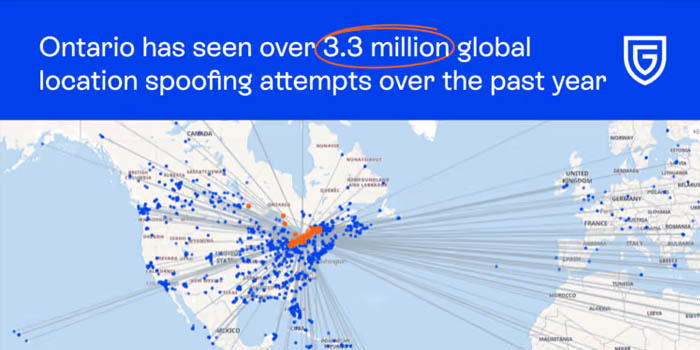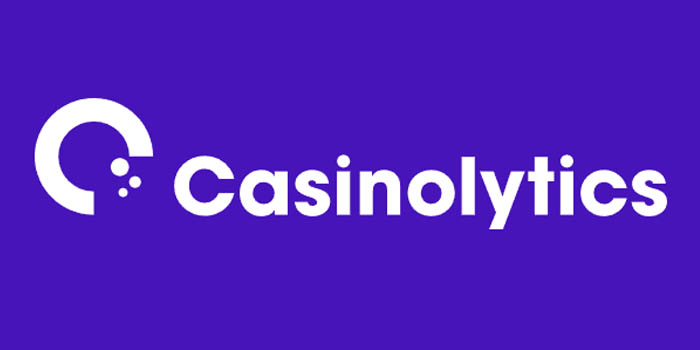GambleAware Researched Transparency

GambleAware, a British charity seeking to reduce gambling-related harm, has published the results of a new study it commissioned. Bournemouth University, which led the research, evaluated the effect of transparency on gambling harm.
GambleAware Commissioned a Research Into Transparency
The research sought to see whether operators that provide full information about safer gambling tend to have customers who are at lower risk of gambling harm. The paper studied how various factors affect gambling harm and concluded that gambling operators can lower harm rates by fairly communicating the probability of winning their games, providing enough educational content about harm and being transparent about the usage of customer data.
The research evaluated the safer gambling practices and transparency commitment of various companies. It was backed by other pieces of work, including an initial scoping review that maps the diversity of peer-reviewed academic research into iGaming and safer gaming practices, a narrative review of transparency in persuasive and immersive tech and online marketing, a systematic review of transparency in safer and responsible gambling and a content analysis of transparency in the UK online gaming ecosystem.
GambleAware CEO Zoë Osmond said that the report makes important recommendations that operators should heed. She also used the opportunity to urge the government to finalize the Gambling Act white paper.
Some Key Findings
The research found that all reviewed websites clearly displayed the legal gambling age. They also provided links to safer gambling organizations, such as GambleAware, prompting customers to play safely. A few sites, however, only included the logos of safer gaming organizations, instead of linking to their pages.
According to the research, mobile sites tend to be less clearly designed than their desktop counterparts. In addition, safer gambling web pages tend to be rather poorly designed, researchers noted.
When evaluating the ways in which transparency is implemented, the research concluded that transparency can be improved in persuasive systems that seek to change a customer’s behavior. Researchers noted that customer-centered design and tools would greatly help. In addition, the research proposed informing players why they have been sent a particular offer. The latter idea, Bournemouth University specialists argued, would help customers better comprehend how their data is used.
Bournemouth Specialists’ Recommendations
The paper admitted that balancing transparency with their other goals might be a challenge to certain operators. It explained that complex algorithms tend to be more effective but also are harder to understand. In addition, safety-based pop-ups sometimes tend to annoy customers. Experts suggested that operators should keep using pop-ups in a way that is undisruptive to players. The paper recommended putting safer gambling links on top, especially when mobile websites are concerned. It also said that operators should link to more than one such organization.
In the end, the paper advised companies to be transparent when it comes to games and promotional materials as this is essential for reducing harm. The researchers advocated for greater transparency and better presentation of safer gambling messages in a more human-centered way.
The paper also said that industry bodies should team up with professionals in psychology, computer sciences and similar fields to better tap into this fairly unexplored topic. Researchers concluded that this can ultimately result in practical guidelines for how operators can implement safer gambling into their offerings.
Angel has a passion for all forms of writing, be it fiction or nonfiction. His curious nature gives him an ace up his sleeve when researching a new topic. Angel’s thirst for knowledge, paired with adaptability, always helps him find his way around.















